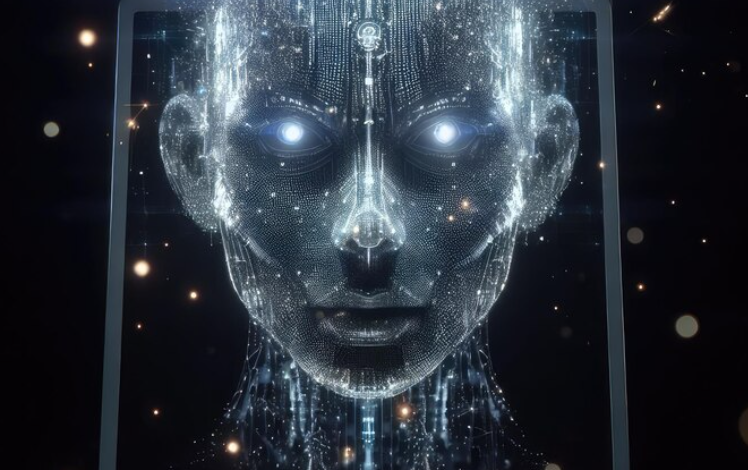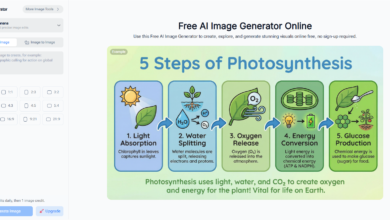AI Face Swap Videos: Revolutionizing Digital Creativity

In recent years, artificial intelligence (AI) has made remarkable strides in various fields, from healthcare to entertainment. One particularly fascinating application of AI is face swapping technology, which has taken the digital world by storm. AI face swap videos are not only entertaining but also showcase the incredible potential of machine learning in enhancing creativity and storytelling.
What Are AI Face Swap Videos?
AI face swap videos use advanced machine learning algorithms to replace one person’s face with another in a video. This technology analyzes facial features, movements, and expressions to seamlessly integrate the swapped face into the scene. Unlike older methods that relied on manual editing and CGI, AI-powered face swapping delivers incredibly realistic results with minimal effort.
The process typically involves training a neural network with images or videos of the target faces. Once the model is trained, it can generate a new video where the faces are swapped while maintaining natural expressions and movements. The result? A jaw-dropping transformation that feels like magic.
How Does Face Swap Technology Work?
AI face swapping relies on deep learning techniques, particularly Generative Adversarial Networks (GANs). GANs consist of two neural networks—the generator and the discriminator—that work together to create realistic images or videos. The generator creates fake images, while the discriminator evaluates their authenticity. Through this iterative process, the system learns to produce highly convincing results.
Key steps in creating AI face swap videos include:
- Data Collection: Gathering images or videos of the faces to be swapped.
- Training the Model: Feeding the data into the AI system to learn facial features, skin tones, and expressions.
- Face Mapping: Identifying key facial landmarks to ensure accurate placement and movement.
- Rendering: Generating the final video with the swapped faces integrated seamlessly.
Applications of AI Face Swap Videos
While face swapping is often associated with entertainment and social media, its applications extend far beyond fun and games. Here are some notable uses:
- Film and TV Production: Filmmakers can use face swap technology to recreate actors’ performances without requiring reshoots or even bring deceased actors back to life for specific scenes.
- Marketing and Advertising: Brands can personalize ads by multi face swap with celebrities or influencers to captivate audiences.
- Gaming: Face swapping can enhance character customization, allowing players to insert their own faces into virtual worlds.
- Education and Training: Teachers can create engaging content by swapping faces in historical reenactments or instructional videos.
- Social Media Content: Platforms like TikTok and Instagram are buzzing with creative face swap videos that entertain millions.
Despite its impressive capabilities, AI face swap technology raises ethical concerns that cannot be ignored. The most pressing issue is the potential misuse of this technology to create deepfake videos—manipulated media that spreads misinformation or tarnishes reputations. For instance, malicious actors could fabricate videos of public figures saying or doing things they never did, leading to serious consequences.
Other concerns include privacy violations and consent issues. Swapping someone’s face without their permission can be invasive and disrespectful. As this technology becomes more accessible, it’s crucial to establish guidelines and legal frameworks to prevent misuse.
Balancing Creativity and Responsibility
To ensure AI face swap technology is used ethically, companies and developers must prioritize transparency and accountability. Here are some measures that can help:
- Watermarking: Adding detectable marks to AI-generated videos to distinguish them from real footage.
- Consent Requirements: Enforcing policies that require explicit permission before using someone’s face in a project.
- Education: Raising awareness about deepfakes and teaching people how to identify manipulated media.
- Regulation: Governments and organizations should work together to create laws that address the ethical use of AI technologies.
In Conclusion
As AI continues to evolve, face swap technology will undoubtedly become even more sophisticated. Future advancements could include real-time face swapping during live broadcasts, hyper-personalized virtual experiences, and improved safeguards against misuse. While these developments are exciting, they also underscore the need for responsible innovation.
AI face swap videos have opened up new possibilities for creativity and expression, changing the way we interact with digital media. Whether you’re using them for entertainment or professional purposes, this technology is a testament to the transformative power of artificial intelligence. As we move forward, let’s embrace its potential while remaining mindful of its implications.
What are your thoughts on AI face swap videos? Are they a fun tool for creativity or a risky innovation? Share your opinions in the comments below!

